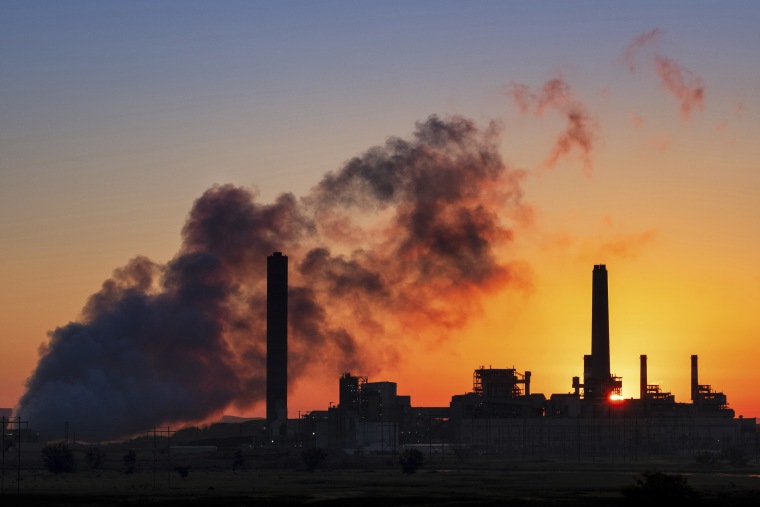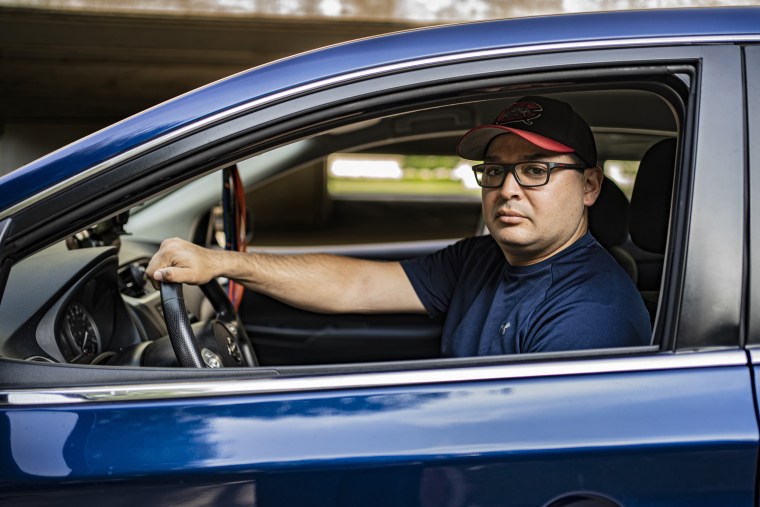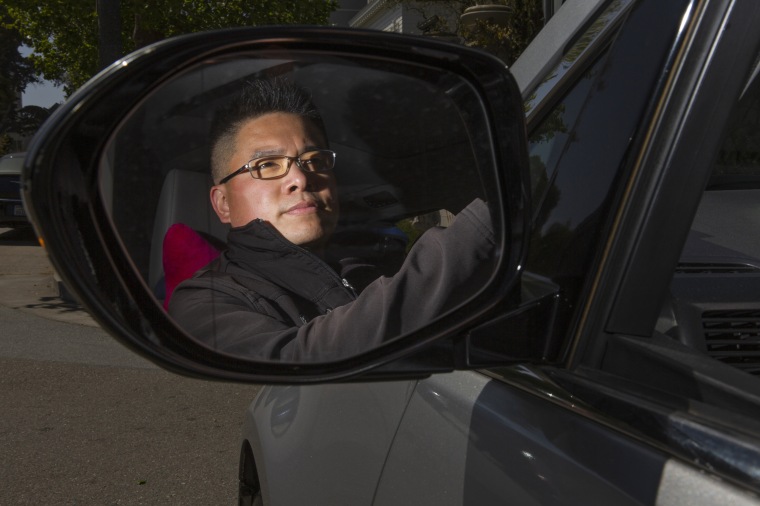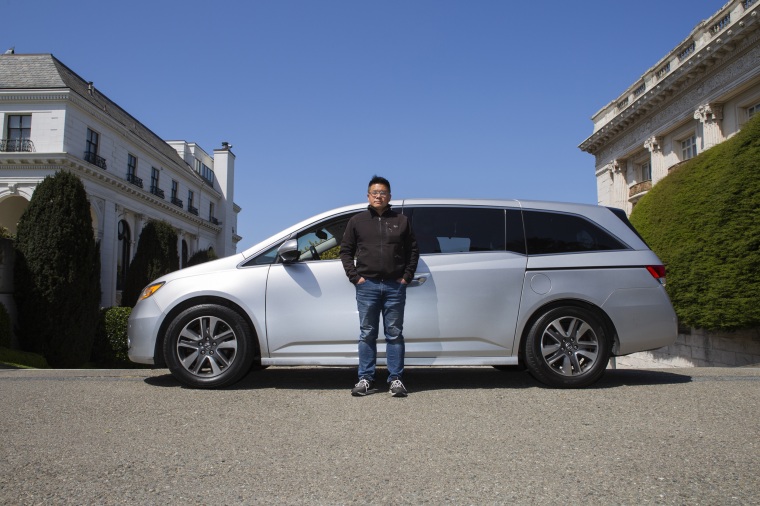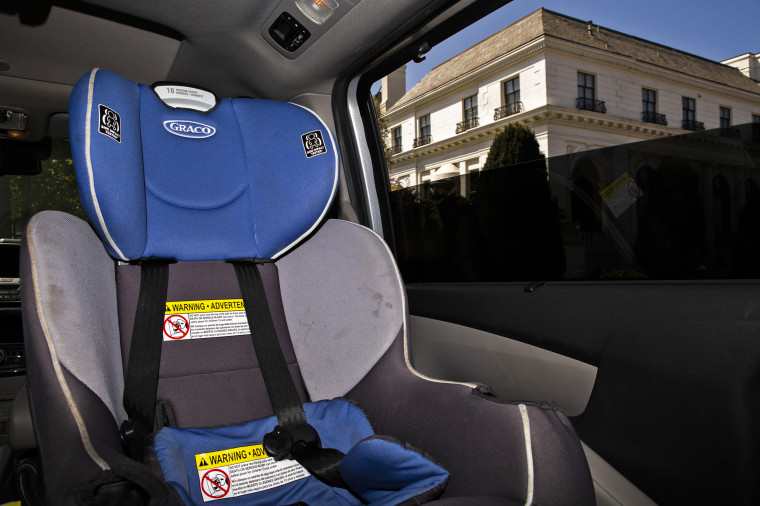TEESWATER – Members from Saugeen Ojibway Nation (SON) held a Mother Earth Water Walk, beginning on the shores of Lake Huron and finishing at the site where the Nuclear Waste Management Organization (NWMO) will begin borehole drilling in Teeswater.
The SON also came with a message for all people.
“The Saugeen Ojibway Nation was recognized to have free, prior, and informed consent on this project,” the organizers said in an announcement, referring to the United Nations Declaration on the Rights of Indigenous Peoples (UNDRIP).
The organizers cited Articles 18 and 19 of UNDRIP:
- Article 18: Indigenous peoples have the right to participate in decision-making in matters which would affect their rights through representatives chosen by themselves in accordance with their own procedures, as well as to maintain and develop their own Indigenous decision-making institutions.
- Article 19: States shall consult and cooperate in good faith with the Indigenous Peoples concerned through their own representative institutions in order to obtain their free, prior, and informed consent before adopting legislative or administrative measures that may affect them.
“We are in ceremony for all of humanity and creation. We have a place in this forever decision being made on behalf of future generations,” the group said in a statement on social media.
“As Anishinaabek we are governed to act from a spirit-led, heart-driven place while understanding that COVID-19 is a teacher. So, we pray also for the protection from this virus, while also receive the important lessons this moment in time offers us. We are deliberating on the risks and our fullest intention, while also being deliberate in our actions as sovereign Anishinaabek Bimaadzijig - Bzauniibiikwe, Grandmother and Ogichidaakwe.”
Mikwendaagozi Mama Aki: Remembering Mother Earth Water Walk is a grassroots response to the proposed storage of high-level nuclear waste in Teeswater, which is within the Saugeen Ojibway Nation Territory, their Facebook page said.
Organizer, Grandmother Bzaunibiikwe, whose English name is Helena (Joanne) Keeshig, spoke to the walkers after arriving in Teeswater.
"What is happening over there is not OK,” she said, pointing towards the proposed site, “but we are not going to achieve anything by being angry or upset.”
“Mother Earth loves us, no matter what. She continues to give to us, no matter what we do to her,” Keeshig said, choking back emotion.
Biidaabinokwe Jessica Keeshig Martin, one of the organizers of the water walk, wrote her thoughts and shared her knowledge on their Facebook page, asking friends and allies to join the growing movement.
“What we need is a plan to address legacy issues before looking at any long-term nuclear waste storage projects. Legacy issues are the historical and ongoing impacts of nuclear power generation in our Territory,” she wrote.
“We said no to the burial of low and intermediate level nuclear waste in our Territory in 2019,” adding, “I imagine we are going to say no to the burial of high-level nuclear waste in our Territory as well. I just don’t see this being a yes based on our previous decision.”
Martin provided some background, talking about the legacy issues and the lack of consultation historically.
“We were never consulted when the nuclear power industry came into our territory. Since the 1960s this massive industry has had impacts on our lands, waters, the animals and on our communities,” she wrote.
The Ontario Power Generation (OPG) has committed to working with SON on the legacy issues. Still, when the SON voted no to the proposed low-intermediate deep geological repository (DGR) on their territory, Martin said, "where is that process now? When we said no to the DGR did they walk away from this most important obligation?”
The walkers finished the water walk on April 14 with one final walk to the site where NWMO will begin borehole drilling soon to offer prayers and hold ceremony for the land and the rock.
The group offered sacred tobacco ties (one of the sacred medicines Indigenous people use for various reasons).
“Tobacco offerings taught the people from early childhood to always be respectful and to always show their gratitude to the Creator, to the spirit of the animal, to the spirit of the tree, to the spirit of the rock,” according to sgibnl.ca. This website shares the traditional teachings of Mide People. (Mide, short for Midewin, is a culturally rich way of life shared by the Anishinabek People)
“Through the people's shared belief that everything in creation has a spirit, a life force and is not to be taken for granted or exploited in any way, this teaches an appreciation for all these things. Tobacco offerings are a sign of respect and genuine appreciation for everything in creation.”
NWMO Regional Communications Manager – Indigenous Salima Virani told Midwestern Newspapers in an email, in response to the water walk, “it is important to note, we are on a journey of learning which is reciprocal. We are learning how the community wants to include ceremony and oral teachings with us, so we can co-create elements of the project that are built on the reciprocity of learning.”
The organization repeated its statement, saying, "they are currently engaging with Indigenous People, but we are working closely with the SON communities, keeping them informed on all aspects of our work in the area. Formal consultation is not required at this point in our work.”
Elder Verne Roote, a member of Chippewas of Saugeen First Nation Council, explained that the SON receives "education consultation" from NWMO, which is heard by a committee first, then reported to the SON council.
“A key component of Canada's plan is willingness – this project will only proceed in an area with informed and willing hosts working in partnership to implement the project; this includes Indigenous communities like SON,” Virani said.
“NWMO has made a commitment to SON that we would not select a site for the high-level waste deep geological repository without the consent of the SON Communities. This is a commitment that respects their right to free, prior, and informed consent. They are both engaging and consulting with us on the project.”
The NWMO released a story in March dedicated to water and Indigenous knowledge.
“Water is the most life sustaining gift on Mother Earth and is the interconnection among all living beings. Water sustains us, flows between us, within us, and replenishes us. Water comes in many forms and is the well-being of all creation. Water shapes the land and gives us the great gifts of the rivers, lakes, oceans, and the life water of women that we all come from," Elder Donna Augustine, chair of the Council of Elders and Youth, an independent advisory body for the NWMO, said.
"It is important that the NWMO understands and considers these teachings as it implements a project that may have an impact on that water that we all rely on for life.”
Mahrez Ben Belfadhel, outgoing vice-president of site selection at the NWMO, said, “We are fortunate because now we have a deeper understanding of the special spiritual relationship that Indigenous communities have with the land,”
He added, “We also understand that this rock is not just a piece of rock like we used to think, like I used to think. This rock represents the Grandfathers. The Grandfathers have a story to tell. It is our responsibility to listen carefully, respectfully, to understand that story.”
Elder Roote told people in a video posted on the water walk Facebook page that this was an awareness walk, not just for the people of SON, but for all people in the area affected by this decision.
Speaking about the waters of Lake Huron, he said, "this is the location where our people chose to live, centuries ago. One has to understand that this land was given by Creator, to us, the Anishinabek race of people.”
"The issue at hand is nuclear development in the Territory," he said. Roote spoke about the recent vote by SON, declining permission to build a low-intermediate level nuclear waste DGR.
The exact process needs to happen in Teeswater, he said, referring to the fact that the NWMO needs to have permission from SON.
The SON (Saukiing Anishnaabekiing) Territory spans from the northern point of the Bruce Peninsula, south to the Maitland River near Goderich, and east to Nottawasaga River near Collingwood.
The NWMO is tasked by the Canadian government to find a location to build a DGR to house Canada’s used nuclear fuel.
Their website says the NWMO is responsible for designing and implementing Canada's plan for the safe, long-term management of used nuclear fuel. The plan, known as Adaptive Phased Management, requires used fuel to be contained and isolated in a deep geological repository.
It also calls for a comprehensive process to select a site with informed and willing hosts for the project.
Cory Bilyea, Local Journalism Initiative Reporter, Wingham Advance Times
4/22/2021





